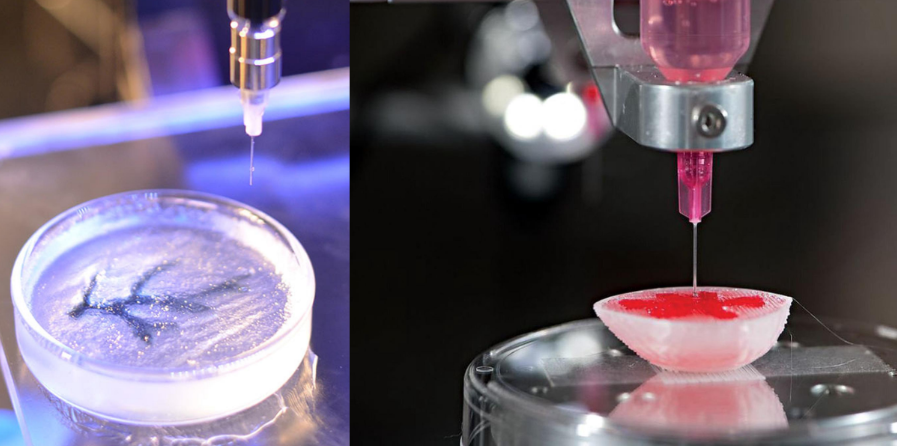Medical Care
Exploring the 6 Key Bioprinting Trends
What is Bioprinting?
Everyday advancements in technology have led to modernization in different sectors. The printing domain is no exception. Right from paper printing using inkjet and laser technologies to the development of bioink, bioprinting technology has drastically evolved.
Bioprinting/3D bioprinting holds critical importance and potential for regenerative medicine and healthcare. Here, next-gen printers create 3D structures composed of biological materials.
It focuses on addressing the shortage of donor organs and personalized medical treatments by creating 3-D-printed organs or living tissues. Inkjet-based, extrusion-based, and laser-assisted are some of the commonly used bioprinters.
Benefits of Bioprinting:
3D bioprinting technology is expected to be a paradigm shift in medical interventions, with highly dramatic and extensive implications. It holds robust capabilities, covering most areas of patient healthcare, environment, and drug development. Below is a list of some of the advantages:
- Ability to create custom implants apt to fit a patient’s needs
- Precision building of complex tissue structures
- Drug effects can be examined precisely
- Biocompatibility with tissues and cells
- It has the potential to replace animals used in testing labs
- Help to prevent cell rejection
Here are the 6 Trends in Bioprinting:
Surgical Specialists-
Bioprinting has gained immense attention, mainly among surgical specialists in the head and neck. This includes plastic surgery, otorhinolaryngology, and maxillofacial, which can create complex constructs with very high precision of small parts and organs. Surgical planning can be enhanced by pre-operative simulation. This gives surgeons a clear picture of anatomical structures, analyzing the physical models of 3D printing technology.
Tissue Engineering-
Tissue engineering has become one of the popular trends in 3D bioprinting. It helps industrialize tissue bio-fabrication by allowing the creation of tissue constructs with highly complex architectures and heterogeneous compositions. This technique has recently been used to create living tissues, such as skin, cartilage, and more.
Organ Transplants-
The need for organ transplants has increased worldwide, considering the increasing number of diseases. In general, there’s a low possibility of discovering a donor who gives constant tissue cells. This means organ transplants become challenging if the body refuses to adjust to the new addition. 3D bioprinting favors the donor and ensures the body does not leave the transplant after the operation.
Regenerative Medicine-
Regenerative medicine replaces or repairs damaged tissues and organs that utilize stem cells. These cells can adapt to growth factors readily and grow into the desired 3D structures. 3D bioprinting offers an accurate method for creating complex three-dimensional structures with cells and biomaterials. It allows the production of organs and tissues needed for transplantation.
Bioinks-
This is one of the popular trends in bioprinting. Bio inks are used as the base materials while bioprinting tissue, bone structures, or organs with bioprinters. Bio inks can be cell-free, scaffold-free, or cell-free. By combining cell biology and material science, a range of solutions exists to simplify the workflow of 3D bioprinting.
Multi-Material Bioprinting-
It’s now possible to deposit multiple bioinks simultaneously during multi-material bioprinting. This process also helps produce complex tissue architectures with enhanced functioning.
Follow us on LinkedIn - https://www.linkedin.com/company/xcellent-insights




